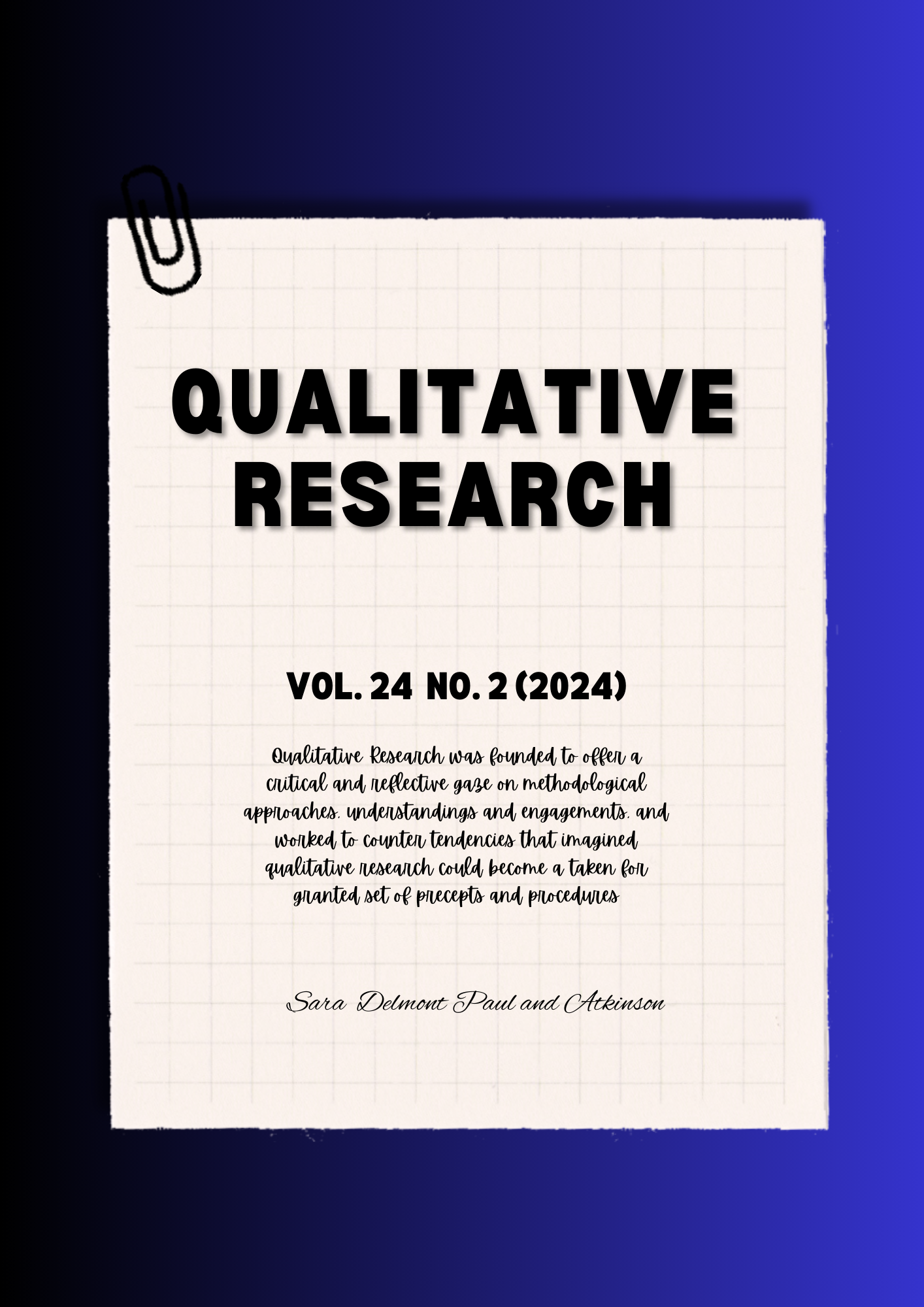Optimizing Body Composition and Cardiorespiratory Endurance: A Field Experiment on Polarized Training in Long-Distance Runners
Main Article Content
Abstract
Purpose: This study aimed to investigate the effects of polarized training on body composition and cardiorespiratory endurance in long-distance runners. Method: The study adopted a field experimental design involving 72 long-distance runners from Balochistan, Pakistan. Participants were divided into two groups: an experimental group (n=36) and a control group (n=36). The experimental group underwent a 12-week polarized training program, while the control group did not receive any intervention. Body composition and cardiorespiratory endurance were assessed using standardized tests before and after the intervention period. Results: The results revealed a significant improvement in body composition and cardiorespiratory endurance among participants in the experimental group compared to the control group. Specifically, the experimental group exhibited significant reductions in fat percentage and increases in lean body mass (p < 0.05). Additionally, significant improvements in cardiorespiratory fitness, as measured by the Cooper test, were observed in the experimental group compared to the control group (p < 0.05). Implications: The findings of this study highlight the effectiveness of polarized training in enhancing both body composition and cardiorespiratory endurance among long-distance runners. These results have important implications for athletes, coaches, and sports scientists involved in developing training programs aimed at optimizing athletic performance and health outcomes.
